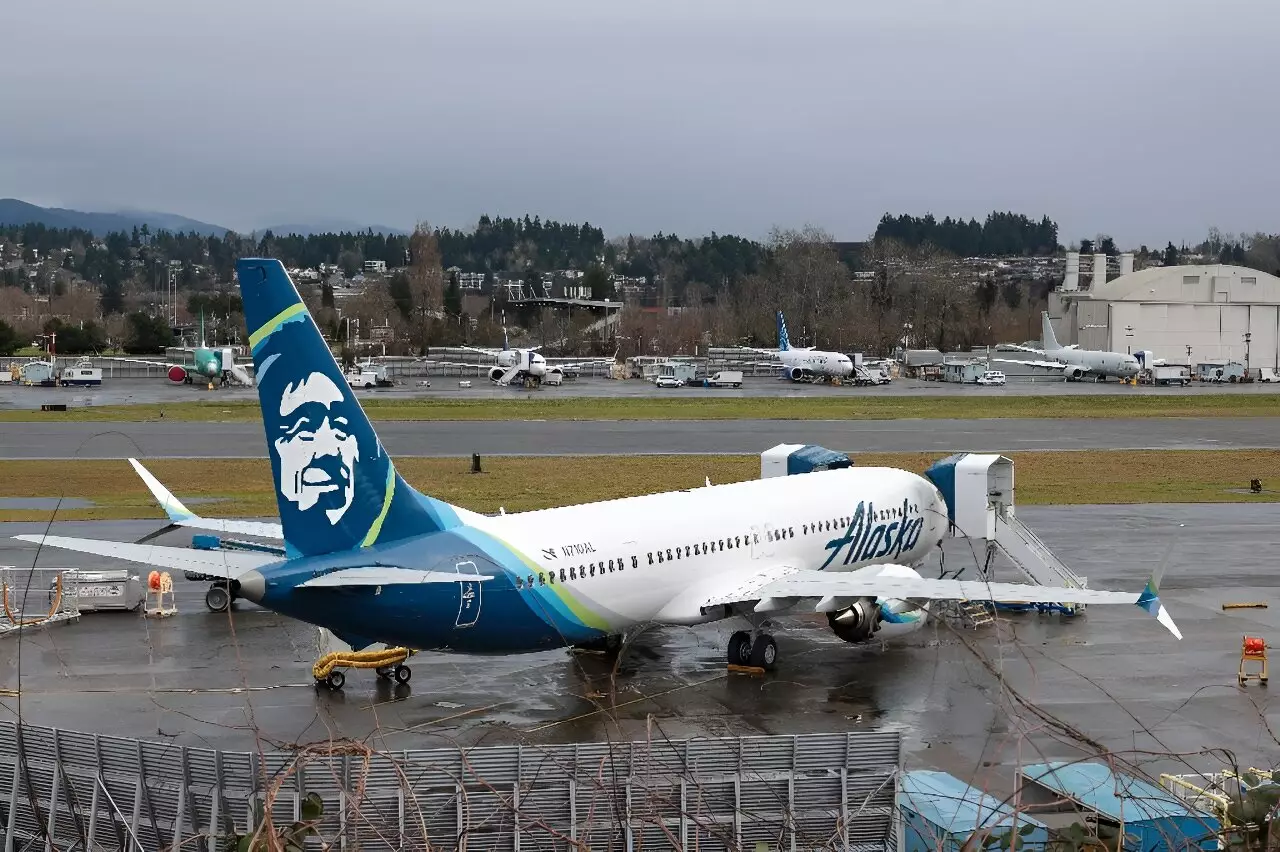With the latest Boeing crisis, airlines are staring down more delays, a familiar problem in a market where both Boeing and rival Airbus face significant supply chain constraints. Boeing, especially, has had a turbulent year, struggling with difficulties on its key aircraft, the 737 MAX. The culmination of these issues was a major in-flight safety incident on Alaska Airlines in early January, which led to the freezing of Boeing’s planned ramp-up of MAX production through 2025 by the Federal Aviation Administration (FAA). As a result, Boeing’s delivery timetable, which was already behind schedule, is expected to slow down even further.
While Airbus has managed to avoid comparable safety troubles with its aircraft, it is not without its challenges. The European manufacturer faces a major headache due to a problem with engines built by Pratt & Whitney, a unit of RTX. Between 2023 and 2026, hundreds of Airbus 320neo jets need to be inspected for microscopic “contamination” of metals used in the engine manufacturing process. These inspections, along with any necessary engine fixes, pose a significant hurdle for airlines looking to take advantage of the current strong travel demand. The inspection process alone requires 250 to 300 days per aircraft, further contributing to delays.
The ongoing issues faced by Boeing have prompted some of its customers to consider moving their orders elsewhere. Alaska Airlines, which has been exclusively supplied by Boeing, had been considering orders of the Boeing 737 MAX 10 before the January incident. However, given its pending acquisition of Hawaiian Airlines, which is supplied by Airbus, Alaska Airlines has expressed openness to exploring other options. CEO Ben Minicucci stated in a recent interview, “Everything is open at this point. We are going to do what is best for Alaska.” American Airlines CEO Robert Isom also voiced his concerns about Boeing’s performance, stating that the company “needs to get their act together.” While Isom mentioned that American Airlines has large fleets of both Airbus and Boeing planes, he emphasized the need for reliability and safety in future purchases.
Despite the potential desire to switch plane suppliers, the process is not as straightforward as it may seem. Airlines must secure a spot in the order book of a manufacturer, which requires the manufacturer to ready its supply chains for the execution of a multi-plane order over an extended period. As it stands currently, securing such an order from Airbus is challenging since its production infrastructure is fully booked through 2030 for single-aisle planes (A320 line) and through 2028 for long-distance jets (A350). In fact, Christian Scherer, the chief executive of Airbus’s commercial aircraft business, revealed that the company aims to deliver 8,600 planes on time and ready to fly. However, with the increasing demand and production targets, meeting such requirements becomes increasingly difficult.
Despite the challenges, Airbus has been breaking records in terms of orders received. In 2023 alone, the company received net new orders of 2,094, surpassing the previous record set a decade earlier. The surge in orders is attributed to airlines renewing their fleets to meet emission targets set for 2050, a period when air travel is expected to double. This demand has further contributed to the backlog of orders for Airbus.
In contrast, Boeing continues to face persistent scrutiny and challenges. Aside from questions about quality control following the Alaska Airlines incident involving the 737 MAX 9, Boeing has yet to receive certification for the 737 MAX 7 and 737 MAX 10—the smallest and largest versions of the single-aisle model. This uncertainty in terms of certification and delivery timeframe has led airlines to re-evaluate their schedules and consider other options. However, Boeing’s order book remains robust, with over 4,000 orders across the MAX program out of a total of 5,626 plane orders. The next available order slots for 737s are expected to be towards the end of the decade.
Both Boeing and Airbus face pressures caused by the ongoing global logistics challenges, including significant supply chain constraints. Christopher Raite, a senior analyst at Third Bridge, highlights the constraint in the supply chain, stating that it is simply not equipped to support such a level of production ramp-up. Raite also points to a supply crunch of critical metals from Russia and Ukraine, compounding the challenges faced by the aircraft manufacturers. In such a scenario, one potential solution for airlines unable to receive planes in time from both Boeing and Airbus is to rent jets from other sources.
The aviation industry is grappling with supply chain constraints, as demonstrated by the current crisis facing Boeing and Airbus. While Boeing’s issues with the 737 MAX and Airbus’s engine inspection challenges have caused delays and increased scrutiny, both manufacturers continue to receive orders and navigate through the complexities of meeting customer demands. It remains to be seen how these companies will address the supply chain limitations and improve their performance to ensure reliability, safety, and timely delivery of aircraft to their customers.



Leave a Reply